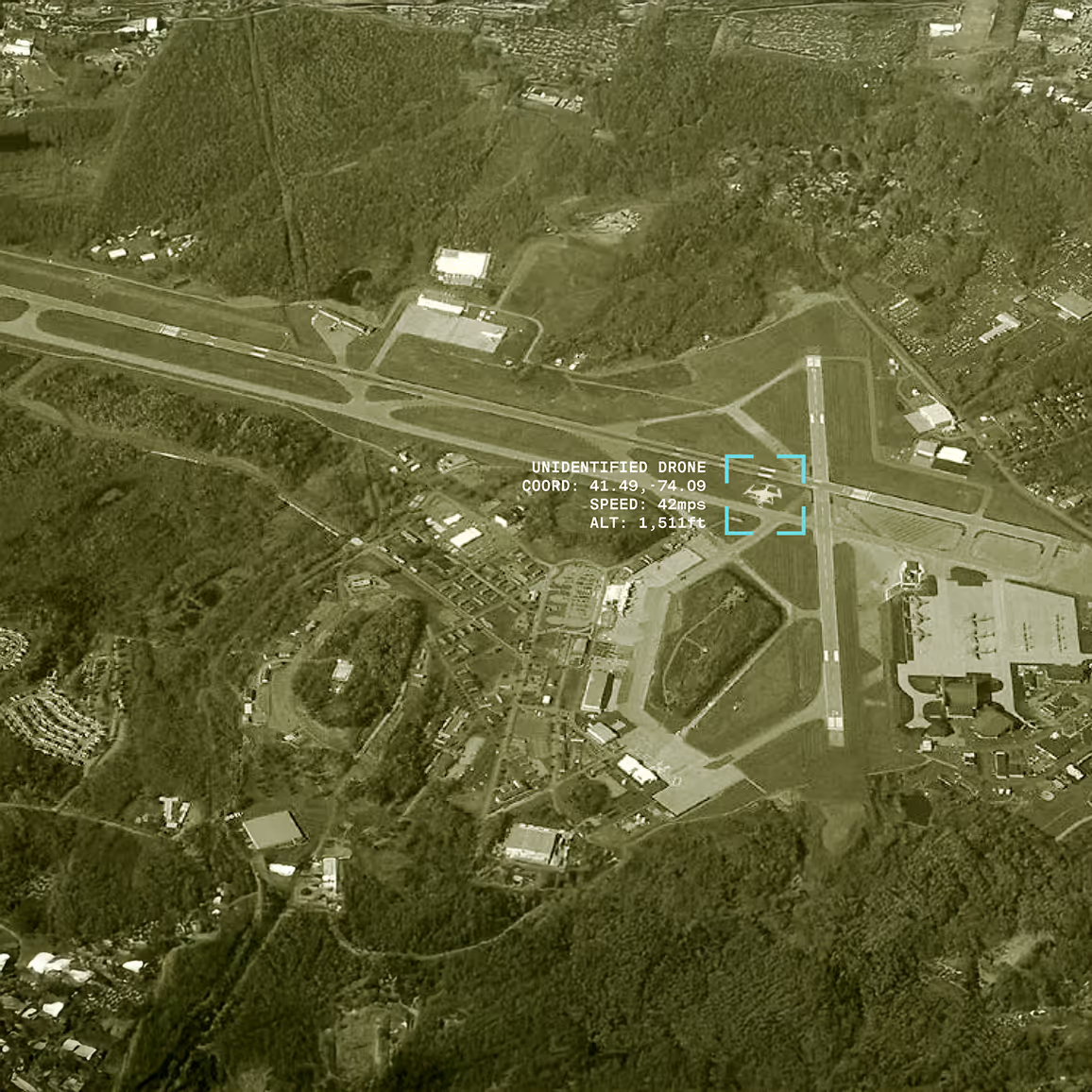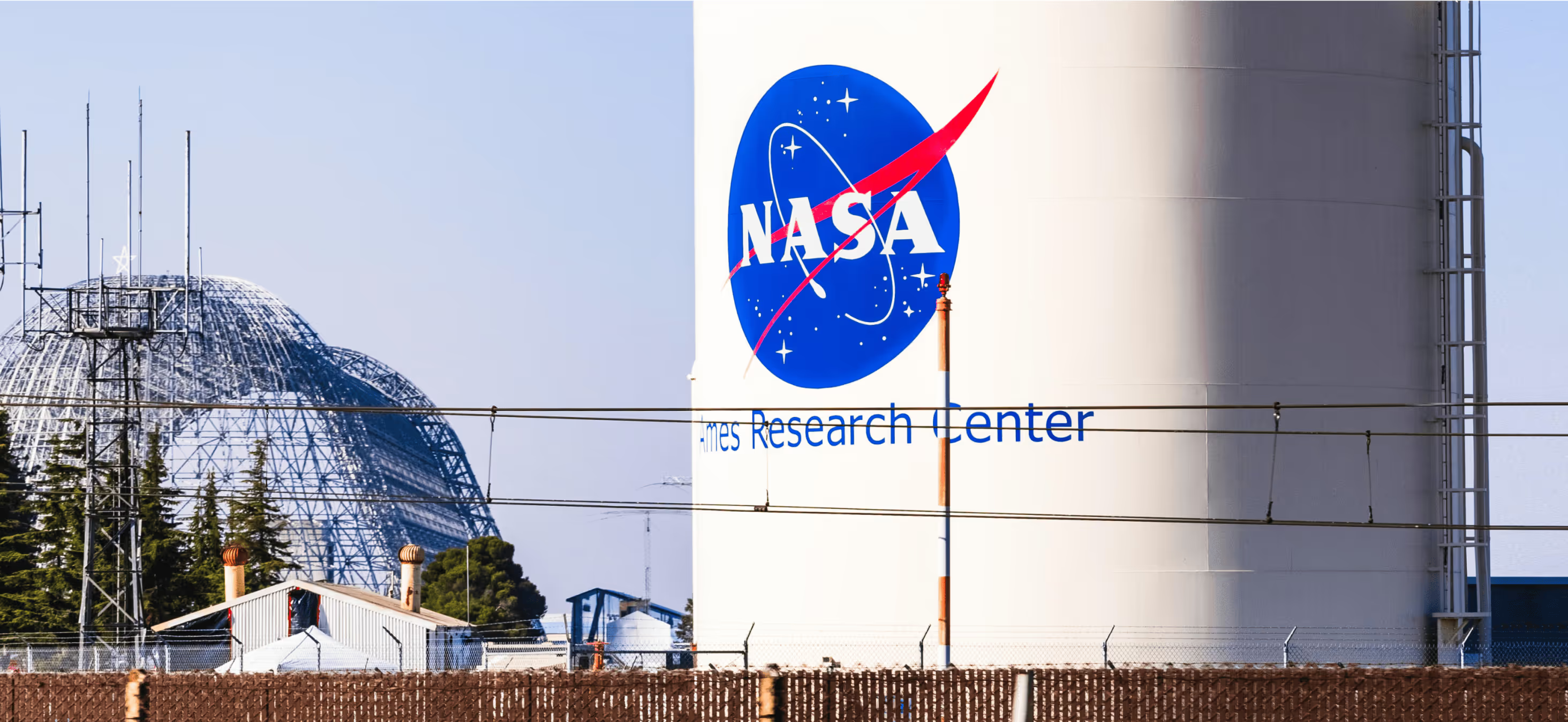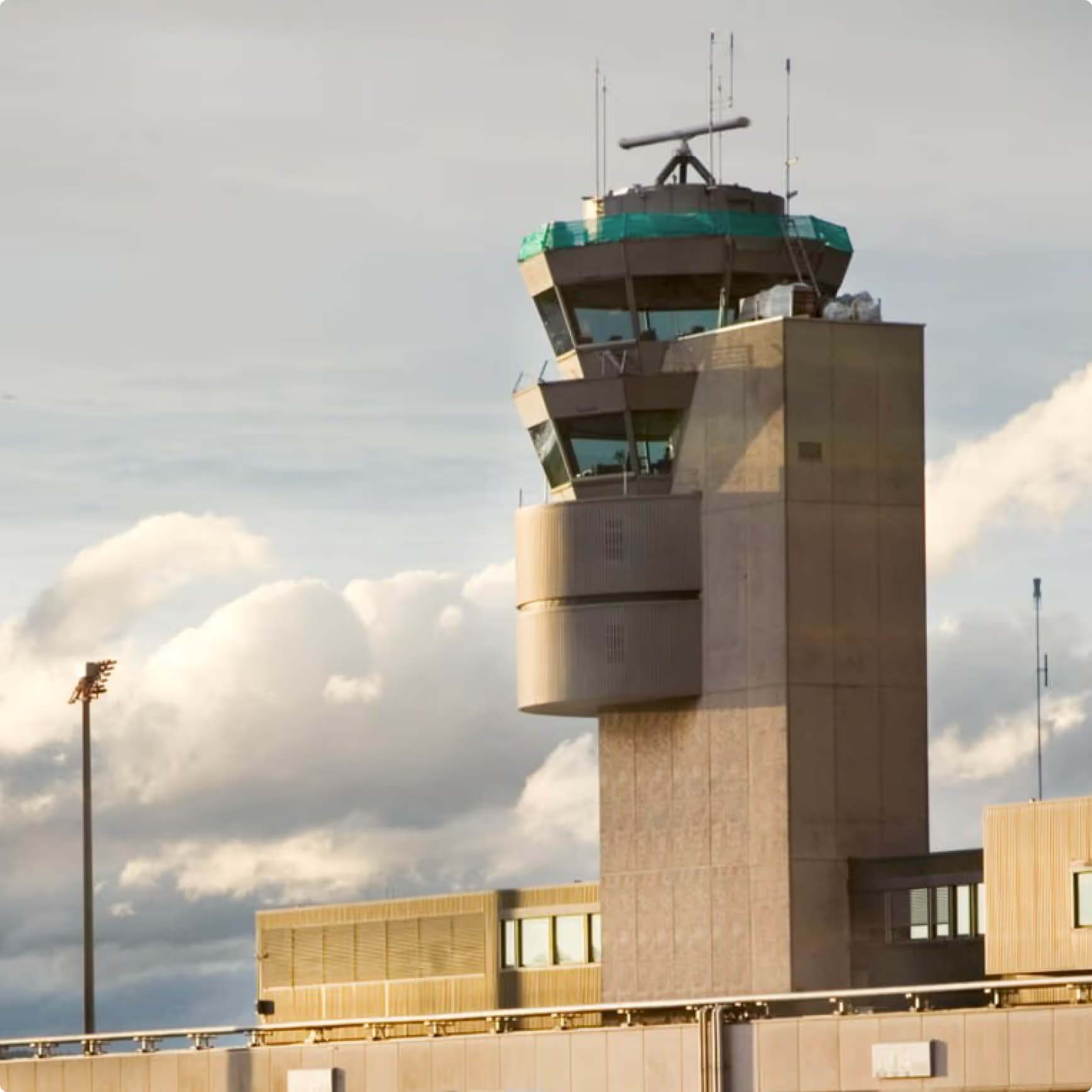Thank you! Your submission has been received!
Oops! Something went wrong while submitting the form.
See Drones and operators Before They Disrupt Your Airspace
Executive Orders require critical infrastructure to detect drones in their airspace, and makes grants available.
Schedule your EO impact briefing to stay ahead of drone detection mandates.
Schedule your EO impact briefing to stay ahead of drone detection mandates.
Oops! Something went wrong while submitting the form.
What the Executive Orders Mean for Airport operators
On June 6, 2025, the White House has issued two sweeping Executive Orders that elevate airspace sovereignty to a national priority—an action with immediate implications for airport infrastructure.
From monitoring airspace over runways to securing perimeters and terminals, protecting the skies above your airport isn’t just smart risk management—it’s aligned with federal aviation policy.
From monitoring airspace over runways to securing perimeters and terminals, protecting the skies above your airport isn’t just smart risk management—it’s aligned with federal aviation policy.

What’s Changed
Two Executive Orders—Restoring American Airspace Sovereignty and Unleashing American Drone Dominance—are now shaping how public and private sectors must detect, track, and respond to aerial threats.
Key Changes Impacting the Airport Sector:
- On July 6, 2025: SLTT grant programs became eligible for CUAS technologies that support critical infrastructure
- By August 5, 2025: FAA must provide real-time drone Remote ID access to approved federal and SLTT agencies for enforcement coordination
- By August 5, 2025: DHS and FAA will issue formal guidance for private infrastructure owners on how to legally detect, track, and identify drones and drone signals
- Ongoing, starting July 2025: Airspace restrictions around critical infrastructure will face stricter enforcement and federal coordination, including expanded drone interdiction authority and CUAS integration into Joint Terrorism Task Forces

Why It Matters for airports
Airports—runways, terminals, control towers, and surrounding airspace—fall squarely within the “covered infrastructure” outlined in federal Executive Orders.
With over 26.4% growth in drone registrations and thousands of unauthorized drone incidents reported last year alone, passive drone activity near energy infrastructure is more than a nuisance—it’s a growing operational and reputational risk.
With over 26.4% growth in drone registrations and thousands of unauthorized drone incidents reported last year alone, passive drone activity near energy infrastructure is more than a nuisance—it’s a growing operational and reputational risk.

Stewart ANGB Secured
Discover the challenge, solution, and timeline that demonstrate how, in just 24 hours, the base transformed from having fragmented, outdated detection capabilities to a fully operational real-time drone tracking system.

Field-tested and trusted in the most demanding settings.












This product or service has not been approved or endorsed by any governmental agency, and this offer is not being made by an agency of the government.
Hidden Level’s Airspace Monitoring Service (AMS)
Hidden Level delivers real-time airspace awareness using battle-tested, passive RF sensing technology already deployed at critical sites across the U.S., including airports, federal bases, major sports venues, and key infrastructure.
With AMS, airports can:
Detect drones and identify operator locations in real-time
Deploy legally, with Title 18 compliance—no FCC coordination required
Integrate into existing security systems via open API
Scale without installing permanent infrastructure
We’re already operational in one of the most restricted airspaces in the world— Washington, D.C. since 2021 where we partnered with federal authorities in monitoring the presidential inauguration—and we’re ready to help airports get ahead of what’s coming next.

Tech that’s tested and trusted.

comprehensive airspace awareness at MOFFetT airField
As the landscape of aerial mobility evolves, the integration of unmanned aerial systems (UAS) and manned aircraft into the national airspace poses significant challenges.
Frequently Asked
Schedule your briefing
We’re offering confidential briefings to energy and infrastructure security teams on how these Executive Orders will impact operational risk, regulatory expectations, and available funding opportunities.
Oops! Something went wrong while submitting the form.






